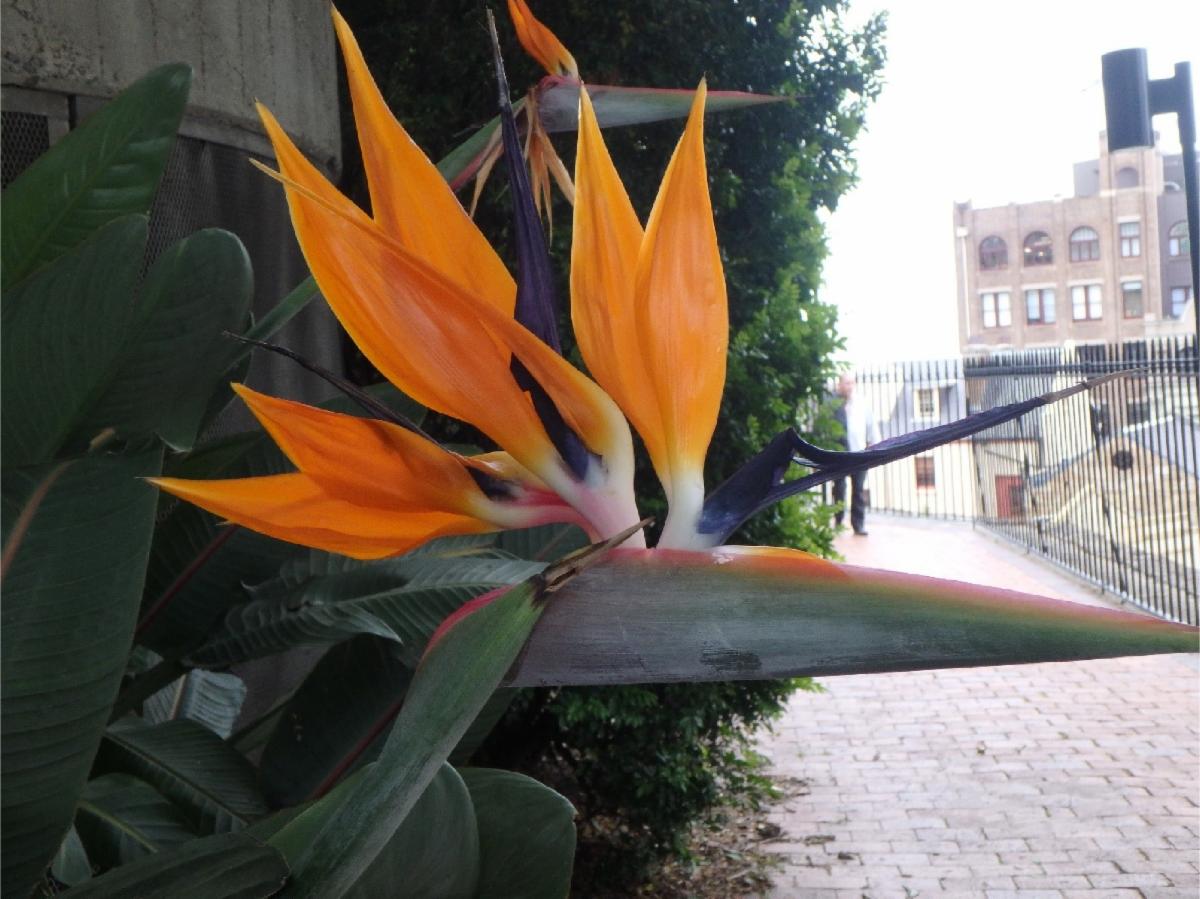Faith's
Favorite
Tomatoes
|
|
For BLT's: Beefsteak
For canning: Celebrity, Jet Star, Jetsetter, Early Girl, Better Boy
For salads:
Yellow pear, Gardener's Delight
For oven dried: Red Cherry, Roma
|
|
|
|
| |
Let's start with the easy stuff, Homo sapiens. This name comes from the Latin word homō
, meaning 'man',
and
sapiēns which
means "discerning, wise,
and sensible
".
So Homo sapiens
is Latin for 'wiseman'.
We are not Homo habilis, or Homo erectus.
Do you recognize Canis lupus familiaris? The domestic dog.
Scientific names are
used across the world by scientists
and other professionals, regardless of the language they speak or write.
Latin and Greek provide the universal language basis for scientific names. Scientific names
are standardized, using the same name for the same organism and are always used in published research. Scientific names cannot be changed except by international scientific agreement.
It is essential to know scientific plant names if you need to read a plant label to find the exact plant you are looking for on websites, or at nurseries or garden centers. In order to search for or communicate about any given plant, you must know its scientific name.
Scientific names follow a binomial (two name) system developed by Swedish botanist Carl Linnaeus in 1753.
A scientific name has two parts. The first part represents the genus, and is always capitalized. The second word is the species name and is always lowercase. For example,
Ambrosia psilostachya
is the scientific name for a species of ragweed. Ambrosia is the genus and psilostachyais the species. The genus name is from the Greek word ambrosia meaning "food or drink of immortality".
There may be several common names for a plant but no two plants share the same scientific name. Scientific names are uniform from region to region, and from language to language. Some challenges are scientific names are often difficult to pronounce, spell and remember. The longest scientific name is Ornithogalum adseptentrionesvergentulum, the first part meaning 'bird milk' (the name is thought to be related to the white color of the flowers)
. T
he second part meaning 'the little fella that leans to the north'.
Common names may be totally differen
t from one country to another, even from one state to another. And sometimes common names don't exist for a plant. Ask for a sage plant- is that a culinary one, an annual ornamental or a perennial? Which of about 400 species of Salvia do you mean? And what's a cedar? This common name refers to at least 40 different trees, some belonging to completely different families.
There is no substitute for practice; say names, label photographs correctly, and talk with other people using scientific names. There are many scientific names we use all the time and may not be aware we are speaking Latin; hydrangea, hosta, ginkgo and iris to name a few. Maybe this is a good place to start and no, you don't have to be a botanist to use the correct name.

Bird of Paradise (Strelitzia reginae)

Orange (Citrus sinesis)
For more information on Plant Names and their Origins:
For a very comprehensive list of all plant species,
visit:
The Plant List
|
|
I'm not an attorney and certainly not qualified to give legal advice. However, after scores of cases where I have written reports, done appraisals and rendered advice, I feel I can offer some simple take-home lessons for anyone involved with a neighbor who is a poor steward of their trees, which might cause you a nightmare of possible consequences as a result.
The first issue regarding trees and neighbors is always reduced to the question of who owns the tree. At the simplest level, with one tree and two neighbors, the neighbor on whose property the trunk is wholly located is the owner of the tree. When a tree trunk straddles a boundary line, the common rule is that is belongs to all the owners of the properties.
So, what should you do if your neighbor's tree is encroaching over, upon, or under your property causing damage to your home or other fixtures, possibly threatening the life or lives of people occupying the home?
- You may not remove the tree entirely.
- You may prune roots or limbs that encroach over, under, or upon your property....but
- You cannot cause irreparable damage or kill your neighbor's tree by cutting or pruning the crown or the roots.
- You may not trespass. This includes leaning over the property line, even just a little bit, to make a pruning cut. Trespass also includes the application of chemicals on your side of the property line that may drift or encroach onto your neighbor's tree.
- In almost all states, you must pay for the self-help work. You foot the bill.
- If you are unsure of who owns the tree, get a survey.
- Communicate with your neighbor. Meet face-to-face and discuss your fears regarding their tree and your property. Follow up with a written communication.
- Take pictures of the subject tree. Lots of pictures.
- Keep a daily log. This does not have to be fancy, typed, or bound. Dates and occurrences must be recorded, and it's better to have too much information than not enough.
- Get an expert opinion. There are a few arborists who have obtained the credentials to investigate the subject tree in the matter, render an opinion in a written report, and testify in court.
- As to the monetary damages that associate themselves with neighbor disputes, there is a basic rule: Anyone who cuts down, injures, or causes a tree irreparable damage without permission owes compensation to the owner of the tree.
Finally, as in all matters concerning a potential legal dispute, you should consult an attorney to get definitive answers to your specific legal questions.

Without permission, a neighbor hired a tree company to cut a large limb from this tree. The tree company had to trespass to cut the limb.

Planting a potentially large size tree on the property line can be a source of conflict with neighbors. It's best to place new trees well within the boundaries of the property.
The neighbor cut down this tree when the tree owners were on vacation. The tree was in a fenced back yard.
|

Thanks for reading.
Happy Planting!
Faith Faith Appelquist President & Founder
|
|
|